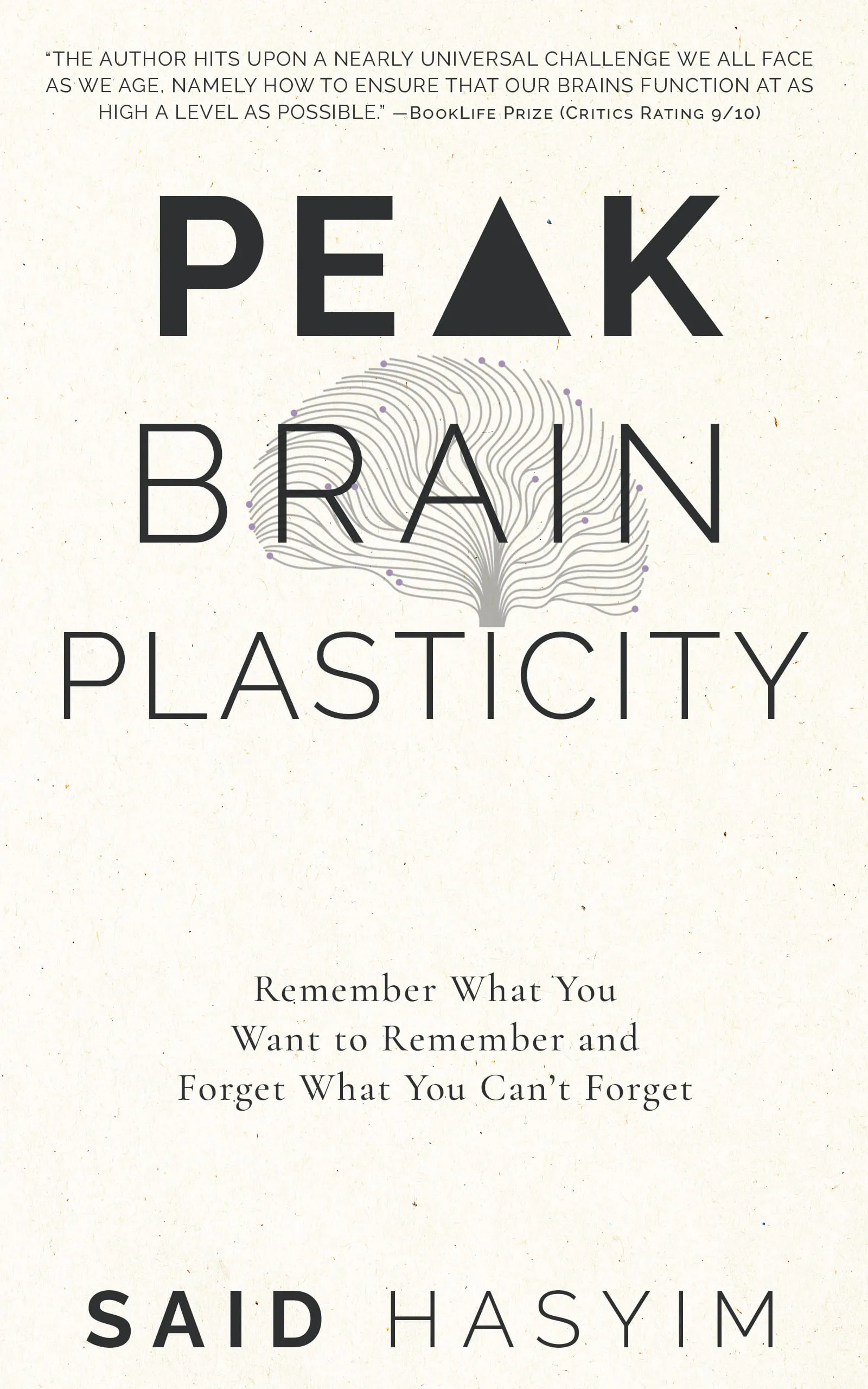How Art Can Help Improve Memory Function
Art is often seen as a medium of expression, a creative outlet, and a tool for communication. From painting to sculpture, from music to dance, art has been interwoven into the fabric of human existence for centuries. However, in recent years, a growing body of research has begun to highlight another significant aspect of art: its potential to improve memory function. This blog post explores the fascinating ways in which engaging with art can enhance memory, stimulate cognitive functions, and contribute to overall brain health.
The Science Behind Memory
To understand how art can positively impact memory function, it is essential to grasp the basics of memory itself. Memory can be broadly categorized into three types: sensory memory, short-term memory, and long-term memory.
- Sensory Memory: This is the briefest form of memory, lasting milliseconds to seconds. It involves the initial processing of sensory information, such as sights and sounds.
- Short-term Memory: Also known as working memory, this type retains information for a limited period, typically around 20-30 seconds without rehearsal.
- Long-term Memory: This category includes the processes that enable the storage and retrieval of information over extended periods, sometimes even a lifetime.
Memory involves multiple brain regions, including the hippocampus, amygdala, and prefrontal cortex, and is influenced by various factors such as attention, emotion, and context.
Art as a Cognitive Stimulus
Engaging the Senses
Engaging with art stimulates the senses, often requiring active participation. Observing vibrant colors, textures, and forms in visual arts is not a passive act; it requires focus and attention. This heightened state of engagement promotes neuroplasticity, the brain's ability to reorganize itself by forming new neural connections. When we experience new stimuli, our brains create pathways that facilitate the formation and retrieval of memories.
Emotional Connections
Art evokes emotions and can trigger powerful memories. This emotional resonance can reinforce the memory process. When individuals connect with a piece of art on an emotional level, they are more likely to retain information related to that experience. For instance, a person who visits an art museum might remember not just the artworks they saw but also the feelings they felt during the visit. These feelings act as powerful anchors for memory recall.
Storytelling through Art
Many artworks tell stories, whether through visual representation, music, or performance. These narratives provide context and meaning to the viewer, facilitating deeper understanding and recall. Research indicates that stories are easier to remember than mere facts because they provide a framework within which information can be stored.
Consider attending a theatrical performance or listening to a symphony. Both experiences involve storytelling elements that enhance comprehension and memorization. Engaging with narratives in artistic forms helps us organize thoughts and ideas, making them more memorable.
Memory Techniques Inspired by Art
Visual Arts and Techniques
Participating in visual arts can be a tremendous aid in enhancing memory function:
Art Therapy: Engaging with art through therapy can help individuals, especially those dealing with cognitive impairments, strengthen their memory. Techniques like drawing, painting, and sculpture enable individuals to express themselves and can be used to evoke specific memories or cue recollections associated with certain themes or emotions.
Mind Mapping: Artists often use mind maps to visually organize thoughts and concepts. This technique helps to store information in a structured manner, making recall easier. Visual representation of concepts allows for better retention of ideas, as our brains are wired to remember images more effectively than text alone.
Music and Memory
Music is another potent form of art known to aid memory function. Multiple studies suggest that music can enhance learning and memory retention due to its rhythmic and melodic elements, which engage different parts of the brain.
The Mozart Effect: This term refers to studies that suggest listening to classical music, particularly Mozart, can temporarily enhance cognitive function and memory. While the effect might be short-lived, it demonstrates the connection between auditory art forms and brain function.
Music as a Mnemonic Device: Many have experienced the phenomenon of "earworms" – catchy songs that stick in our heads. This is indicative of how music can serve as an effective mnemonic device. By setting information to music or rhythm (such as through song lyrics), individuals can improve their ability to recall specific details.
Art, Social Engagement, and Cognitive Health
Collaborative Art Projects
Participating in collaborative art projects can enhance cognitive abilities through social interaction. Working with others on art-related tasks not only encourages team-building but also engages various cognitive processes. Collaborative activities require communication, problem-solving, and creative thinking, all of which stimulate memory and other cognitive functions.
Community Art Programs
Community art programs, often geared towards older adults, provide an opportunity to build social connections while engaging in creative pursuits. Research shows that social interaction is vital for maintaining cognitive function and memory as we age. By combining socialization with artistic expression, these programs can help mitigate cognitive decline and enhance overall memory health.
Conclusion
Art's potential in improving memory function goes beyond mere aesthetics; it serves as a powerful tool for cognitive enhancement, emotional resonance, and social engagement. From engaging with visual arts to experiencing music, participating in art encourages neuroplasticity and strengthens memory pathways. Whether you’re a seasoned artist or a novice, integrating art into daily life can provide significant cognitive benefits.
Exploring different forms of art does not require innate talent—what is essential is the willingness to engage, experience, and allow emotions to flow through the creative process. So, whether you visit a museum, attend a concert, or simply paint in your living room, remember that each artistic experience might just be a brushstroke toward improving your memory in the grand canvas of life.
Harness the Power of Neuroplasticity
Discover Peak Brain Plasticity, a practical book to harnessing neuroplasticity. Enhance your memory, learn new languages quickly, and alleviate anxiety with effective study methods. Uncover daily habits that impact cognitive health and explore techniques for accelerated learning and memory retention. Unlock your brain's potential for growth and transformation.
